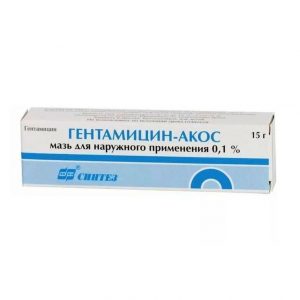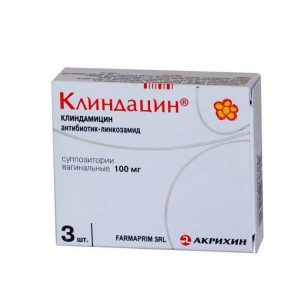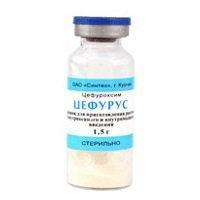Description
Latin name
Ciprofloxacin
Release form
Tablets.
Packaging
In a blister pack of 10 tablets. In the package 1 blister.
Indications
Infections and inflammatory diseases caused by microorganisms sensitive to ciprofloxacin:
– Respiratory tract.
– Ear, nose and throat.
– Kidney and urinary tract.
– The genitals.
– Digestive system (including mouth, teeth, jaws).
– Gallbladder and biliary tract.
– Skin, mucous membranes and soft tissues.
– Musculoskeletal System.
– Treatment of sepsis and peritonitis.
– Prevention and treatment of infections in patients with reduced immunity (in the treatment of immunosuppressants).
Contraindications
– Pregnancy.
– The period of breastfeeding.
– Children and teens under 18 years of age.
– Hypersensitivity to ciprofloxacin or other fluoroquinolone drugs.
Use during pregnancy and lactation
Contraindicated in pregnancy and during breastfeeding.
Composition
1 tablet contains:
Active ingredients:
ciprofloxacin 0.25 g
Excipients:
corn starch,
aerosil,
crospovidone,
magnesium.
Shell composition: hydroxypropyl methylcellulose, titanium dioxide, PEG-4000.
Side effects
From the digestive system: nausea, vomiting, diarrhea, abdominal pain, pseudomembranous colitis.
From the side of the central nervous system: headache, dizziness, feeling tired, sleep disturbances, nightmares, hallucinations, fainting, visual disturbances.
From the urinary system: crystalluria, interstitial glomerulonephritis, dysuria, polyuria, albuminuria, hematuria, a transient increase in serum creatinine.
From the hemopoietic system: eosinophilia, leukopenia, neutropenia, a decrease in platelet count.
From the cardiovascular system: tachycardia, cardiac arrhythmias, arterial hypotension.
Allergic reactions: pruritus, urticaria, Quincke’s edema, Stevens-Johnson syndrome, arthralgia.
Adverse reactions associated with chemotherapeutic effect: candidiasis.
From the laboratory side: increased activity of hepatic transaminases, alkaline phosphatase, lactate dehydrogenase, bilirubin, increased concentration of urea, creatinine.
Other: arthralgia rarely – photosensitivity.
Drug Interaction
When Ciprofloxacin is co-administered with didanosine, Ciprofloxacin absorption is reduced due to the formation of Ciprofloxacin complexes with aluminum and magnesium salts contained in didanosine.
Concomitant administration of Ciprofloxacin and theophylline may lead to increased plasma concentrations of theophylline due to competitive inhibition in cytochrome P450 binding sites, leading to an increase in theophylline half-life and increased risk of toxicophylline-related toxicity.
Concurrent administration of antacids, as well as preparations containing aluminum, zinc, iron or magnesium ions, may cause a decrease in the absorption of Ciprofloxacin, so the interval between administration of these drugs should be at least 4 hours.
Bleeding time is prolonged with the use of ciprofloxacin and anticoagulants.
With the concomitant use of ciprofloxacin and cyclosporine, the nephrotoxic effect of the latter is enhanced.
Overdose
Treatment: The specific antidote is unknown. It is necessary to carefully monitor the condition of the patient, to do a gastric lavage, to carry out the usual emergency measures, to ensure sufficient fluid intake.
Only a small (less than 10%) amount of the drug can be removed by hemo- or peritoneal dialysis.
Storage conditions
Store in a dry, dark place at a temperature not exceeding 25 ° C.
Expiration
2 years.
Deystvuyuschee substances
Ciprofloxacin
dosage form
dosage form
tablets




